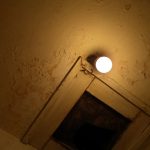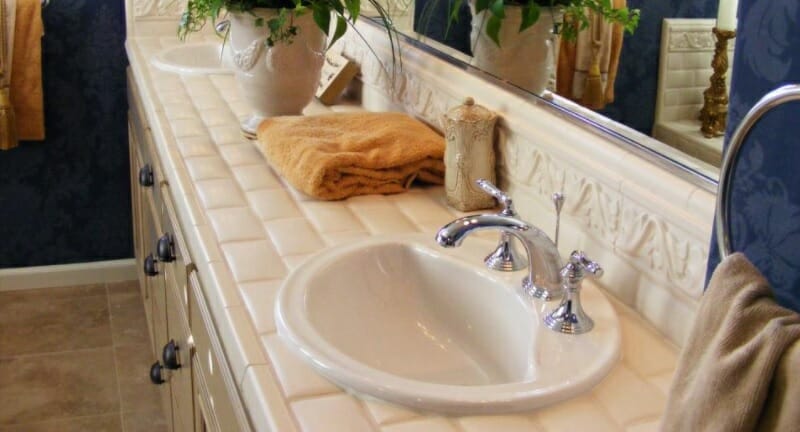Many of us start the day with a refreshing shower, and we take a shower when we get home to relax after a hard day at work. A drop in water pressure is noticed in the shower before any other location for this reason. Let’s face it; most of us look forward to a good shower. So, if you were expecting a blast of water and you only get a trickle, what can you do to fix the problem and get back to showering as normal?
Examine the Pressure Balance Valve
The first place to look is the pressure balance valve to see if an adjustment is required. Most modern pressure balance valves have a single switch that is used to control the water pressure and temperature when showering. But, the water pressure can be affected if you have another nearby plumbing fixture that is in use at the same time. This could be a sink in the bathroom that is filled at the same time or a toilet that is refilling after a flush.
Check the Diverter Valve
Homes can have varying bathroom layouts depending on the size of the home. Some people have a dedicated shower stall and a tub, while others may have a tub/shower combo. If you have the latter, there will be a diverter valve component that diverts the water to the tub faucets or showerheads as needed. If the diverter valve is stuck or partially stuck in either position, this can affect the water pressure significantly. So, if you’re taking a shower and there is water coming from the tub faucet, the shower will be receiving less water than normal. Sometimes the valve simply needs to be cycled a few times to loosen the component. But, if the diverter valve is stuck, it may need to be replaced, and it’s time to contact a local certified plumber to change it for you.
A Showerhead Clog
A clog in the showerhead will prevent the water from coming out with sufficient pressure for an enjoyable shower. A showerhead can be clogged with scale caused by elevated levels of water hardening minerals such as calcium and magnesium. Luckily, this is an easy problem to solve, detach the showerhead, and soak it in white vinegar to loosen the scale. Then take it apart as far as possible and scrub the individual parts with a soft scrubbing brush. This should remove the scale deposits and get the water flowing again. If this doesn’t fix the problem, there could be scale in the pipes supplying the shower, and a plumber will be required to fix the problem. It should be noted that a hard water problem is an underlying issue, and the showerhead clog could return unless this is addressed. Installing a water softener will make your water softer, easier to use, and kinder to your plumbing and fixtures.
A Water Leak
Sometimes a drop in water pressure is simply caused by a lack of available water. The usual culprit is a broken or leaking water supply pipe that is affecting your home. But, the drop in water pressure, in this case, is the least of your worries. Water can cause a great deal of damage to your home in a relatively short period of time. Water damage can be expensive to fix, and water leaks often occur in hard to reach places. If you notice a drop in water pressure, water stains, puddles of water, or other signs of a water leak, contact a local certified plumber for professional help.
Check the Flow Restrictor
Many modern showerheads have a built-in flow restrictor to save water in accordance with the National Energy Act. This does save the homeowner some money on their water bills, and it helps the environment at the same time. But, if you already live in a low water pressure environment, a flow restrictor will turn your meager supply of water into a trickle at best. In this case, your only course of action is to remove the flow restrictor to put the water pressure back to an acceptable level when showering. Take a look at the user manual that came with your new showerhead, and there should be instructions to remove it safely. After the flow restrictor has been removed, try the showerhead again, and you should notice a significant improvement.
Check Kinks in the Line
A shower that’s supplied with a flexible water line rather than a plumbing pipe can be vulnerable to kinks. Any kind of lateral movement could cause a kink that restricts the flow of water, leading to a perceived drop in water pressure. So, if you’re using a handheld showerhead, make sure the hose is straight and not twisted.
Check the Water Heater Shut-off Valve
You may have noticed that you have excellent water pressure in your shower when using colder water. But, when you turn the temperature up, the water pressure seems to drop rapidly. If this is the case, there may be a problem with your water heater, and you need to check the shut-off valve to ensure that it’s open. If the shut-off valve is closed or semi-closed open it up and try again. In many cases, this simple fix will solve the problem, and you can have great water pressure and warm water at the same time.
Flushing the Water Heater
If your water heater tank has become blocked with sediment, this material can block the pipes that supply your shower with hot water too. This debris will inhibit the water flow and lead to a drop in water pressure when showering. The water heater will need to be drained, and the lines must be flushed to remove the sediment. Cleaning and clearing the system should restore everything back to normal, but in some cases, it may be a good idea to change the water for a new unit.
If you’ve attempted to restore your water pressure without success, it’s time to call your
local certified plumber. They can identify the cause of the problem and offer a solution to increase the water pressure to an optimal level to meet your needs.
By Giovanni Longo President Flood Brothers Plumbing
Giovanni Longo is a 3rd generation master plumber who has been practicing his craft and trade in the greater Los Angeles area for well over a decade and a half. A plumbing and hydraulics-engineering innovator, Giovanni’s particular world-class expertise focuses on dealing with challenging sewer system designs as well as resolving complex commercial and residential draining issues. As a certified Flood Mitigation expert, he is also well versed in a wide variety of water damage and remediation solution.





